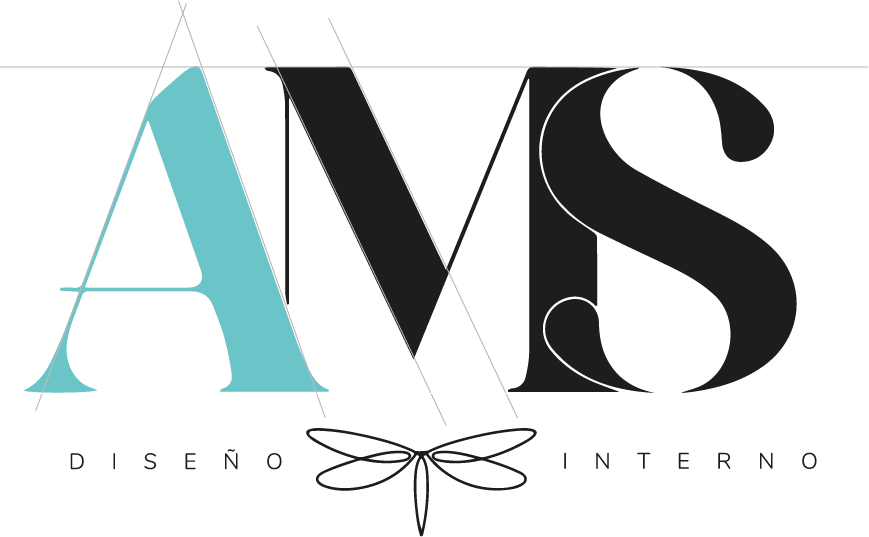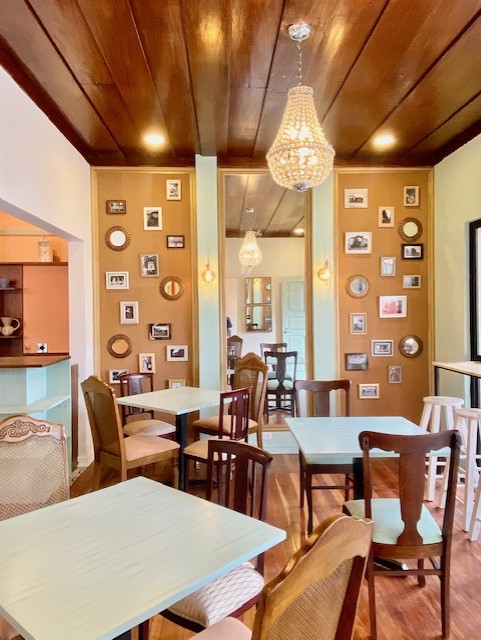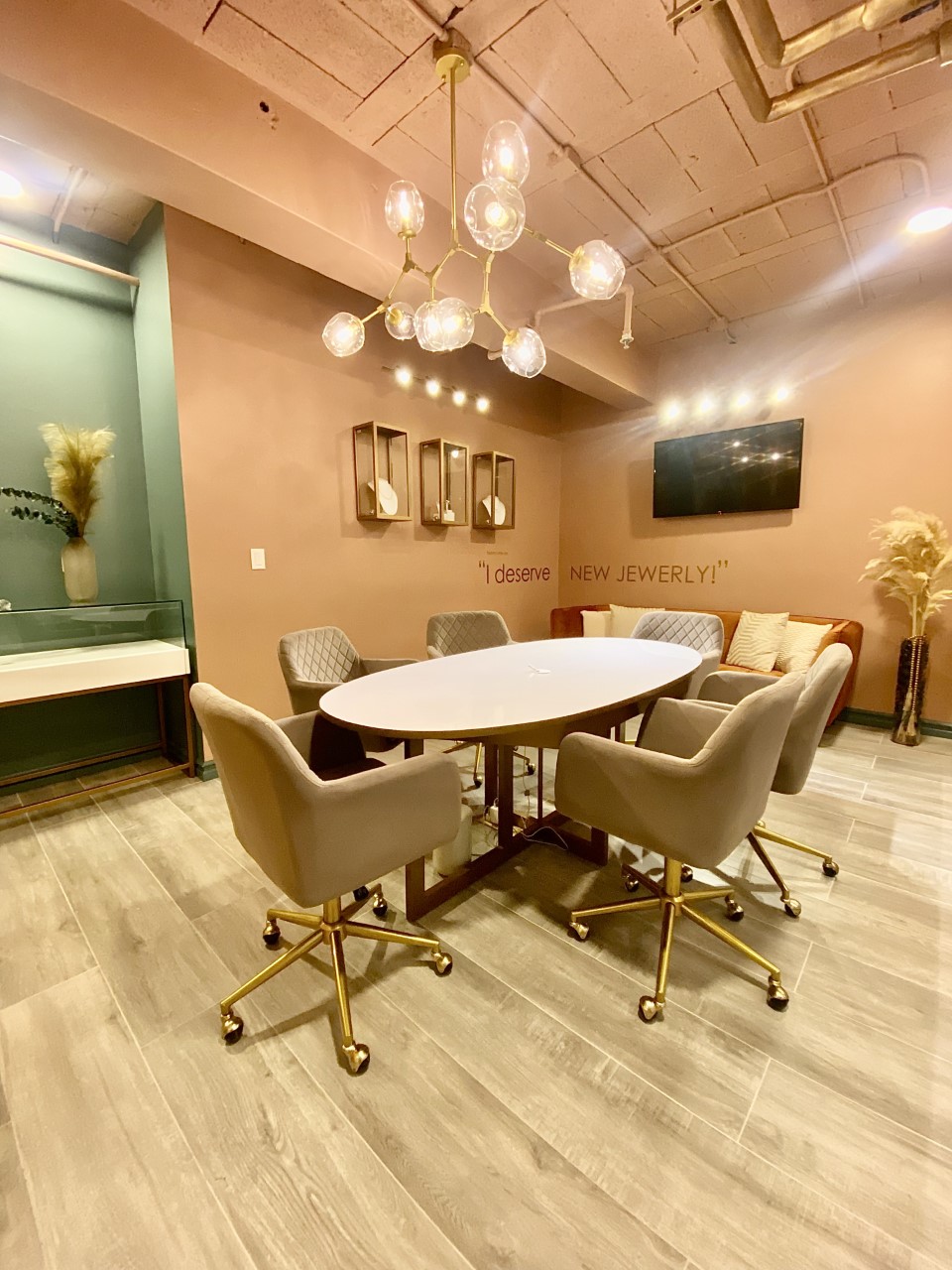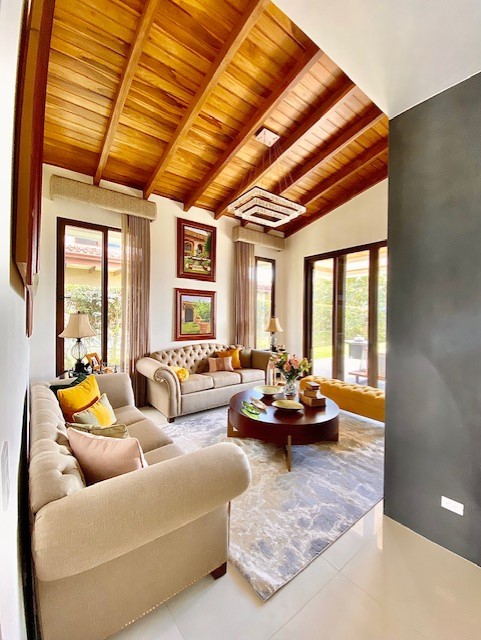Neurointeriorism: The Interior Design for well-being
Have you ever wondered how your brain reacts to the environment around you? How does the space you're in affect your mood? Why do you feel comfortable in certain places and less comfortable in others? The answer can be found in Neurointeriorism, a new and innovative trend that looks for the connection between people's mental state and the influence of the space they occupy.
But what exactly is neurointeriorism?
Is the fusion of neuroscience with interior design. It involves applying neuroscience and how your brain functions in response to external stimuli, such as experiences, spaces, sounds, colors, and decorative elements when designing a space. It’s based on considering the emotions and neuronal connections that can be generated in those who inhabit or visit a space, with the aim of positively impacting the well-being and cognitive performance of these individuals.
Designing with neurointeriorism in mind
Is not simply a matter of aesthetics; it is a strategy to improve quality of life, generate pleasant experiences, and provide a sense of comfort in different environments, from homes and offices to businesses such as shops and restaurants. Also, in commercial premises, it can become a powerful tool to multiply sales. By focusing on the brain connections induced by these spaces, neurointeriorism provides the opportunity to create places much better suited to each need, whether it's a cozy home, a comfortable workspace, or a business that will definitely attract new customers and even gain the trust of those who visit.
Trend
This new trend goes beyond design and decoration, as its objective is to directly connect with people's minds and brains to meet their real needs; the successful combination of style and positive sensations becomes the best response.
Lighting, for example, can be used strategically to improve moods, promote sleep, enhance concentration, among other things. In commercial spaces, specifically those in the gastronomic sector, experience a considerable increase in consumption if the place has the right lighting. The same happens in stores or similar places, where customers buy more if the items for sale are properly illuminated.
On the other hand, color psychology plays a crucial role when applied in the design proposal and thus generates the desired emotions. Even the presence of green color through natural elements significantly influences your relaxation and mood.
In conclusion
Neurointeriorism not only contributes to creating visually pleasing environments but also allows us to design spaces that promote emotional well-being, which is a constant pursuit nowadays. Each person is different, with different needs and lifestyles, and this new trend adapts flexibly to this.
It's not just an aesthetic trend; it's a revolution that redefines the way we experience and live in the spaces we inhabit. Neurointeriorism is the bridge that connects design with human essence, offering a transformative perspective towards more harmonious and meaningful environments; furthermore, it is applicable in any interior design context, regardless of the function of the space to be transformed.
Contact us! Together we can design that space you've been dreaming of, and we will do it consciously, thinking about how you and the people around you will feel inside it!
We would love you to follow us on Instagram as @marcelasotointeriordesign so you don't miss anything about what we are continuously posting.




